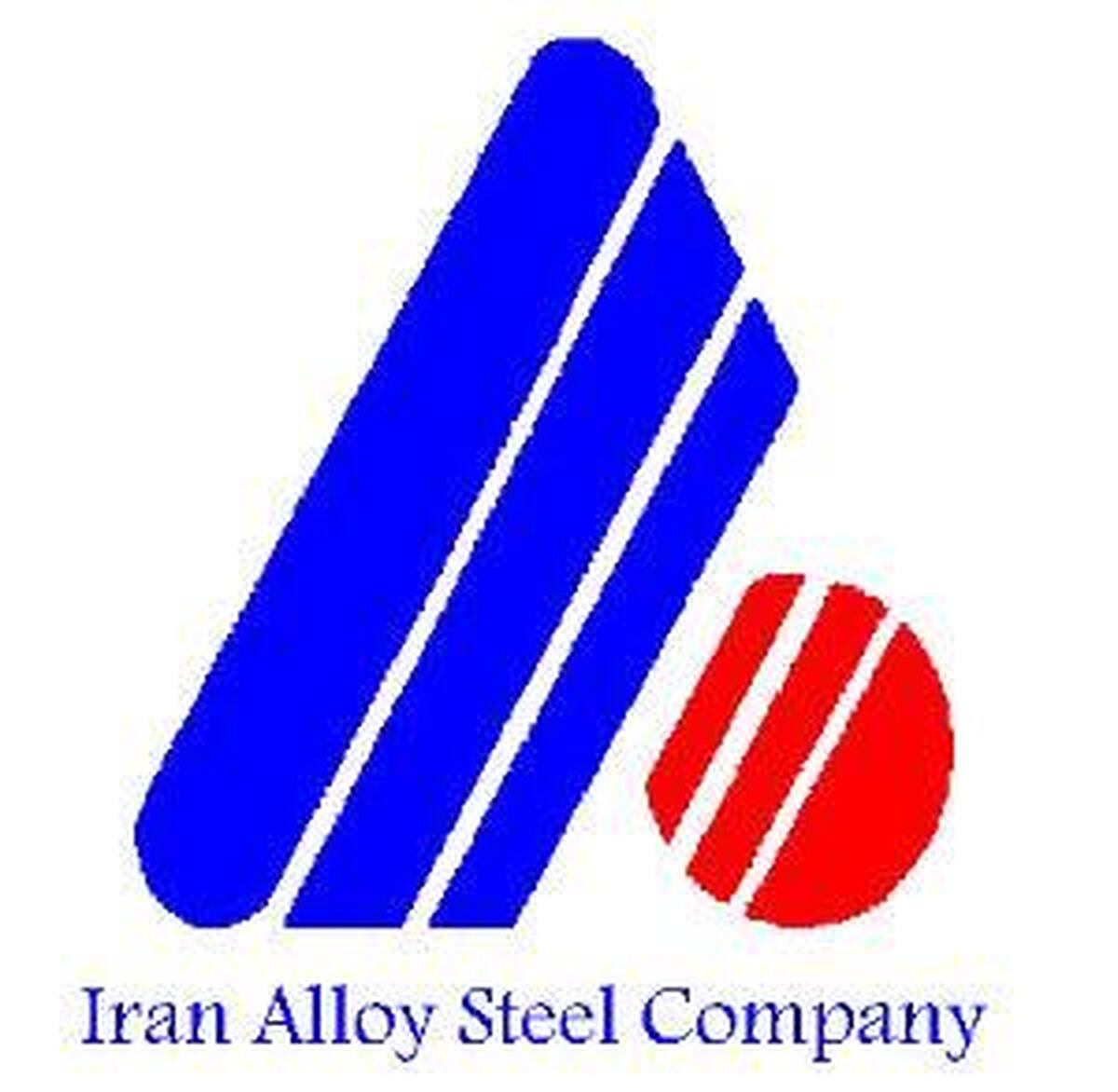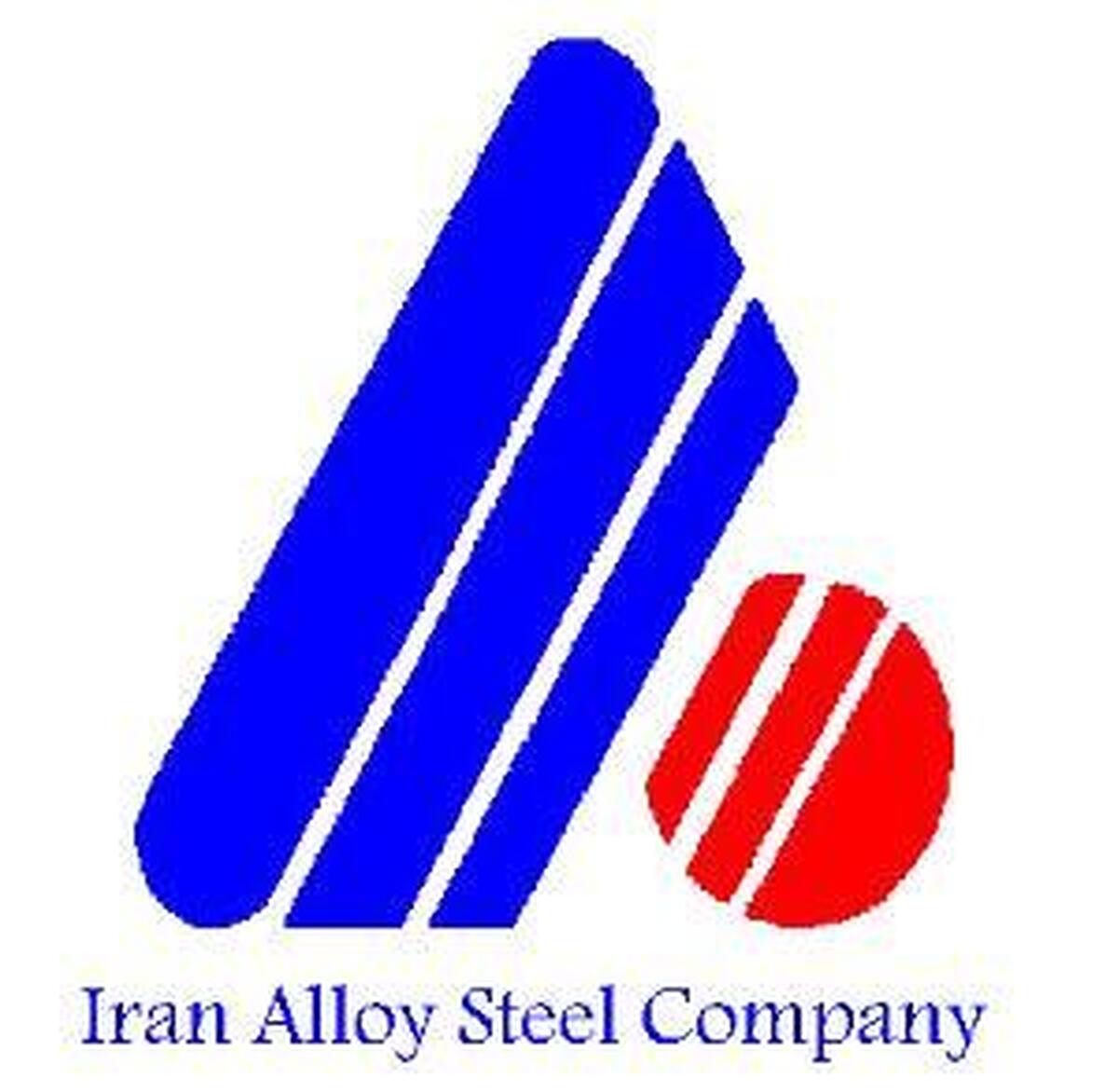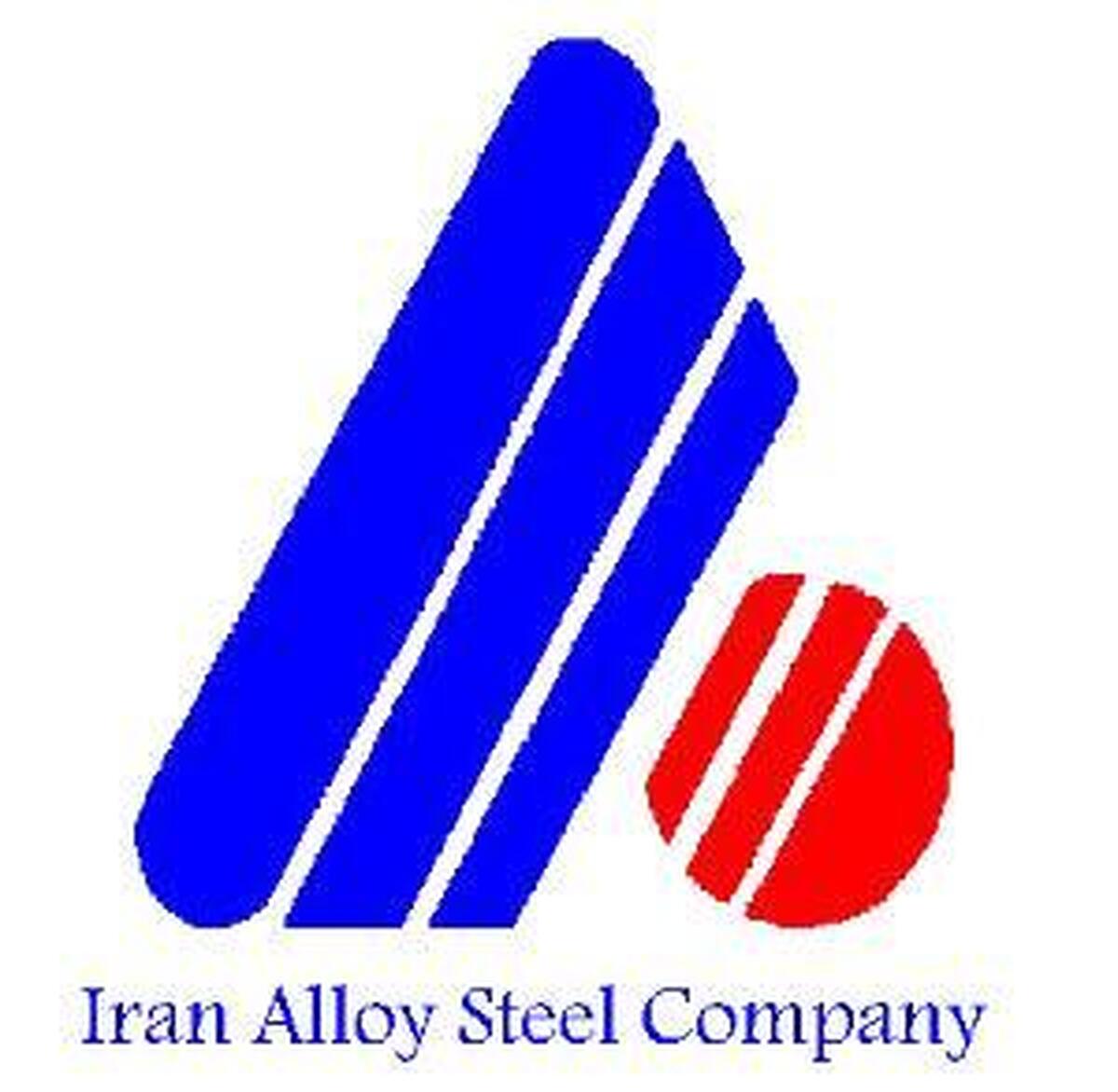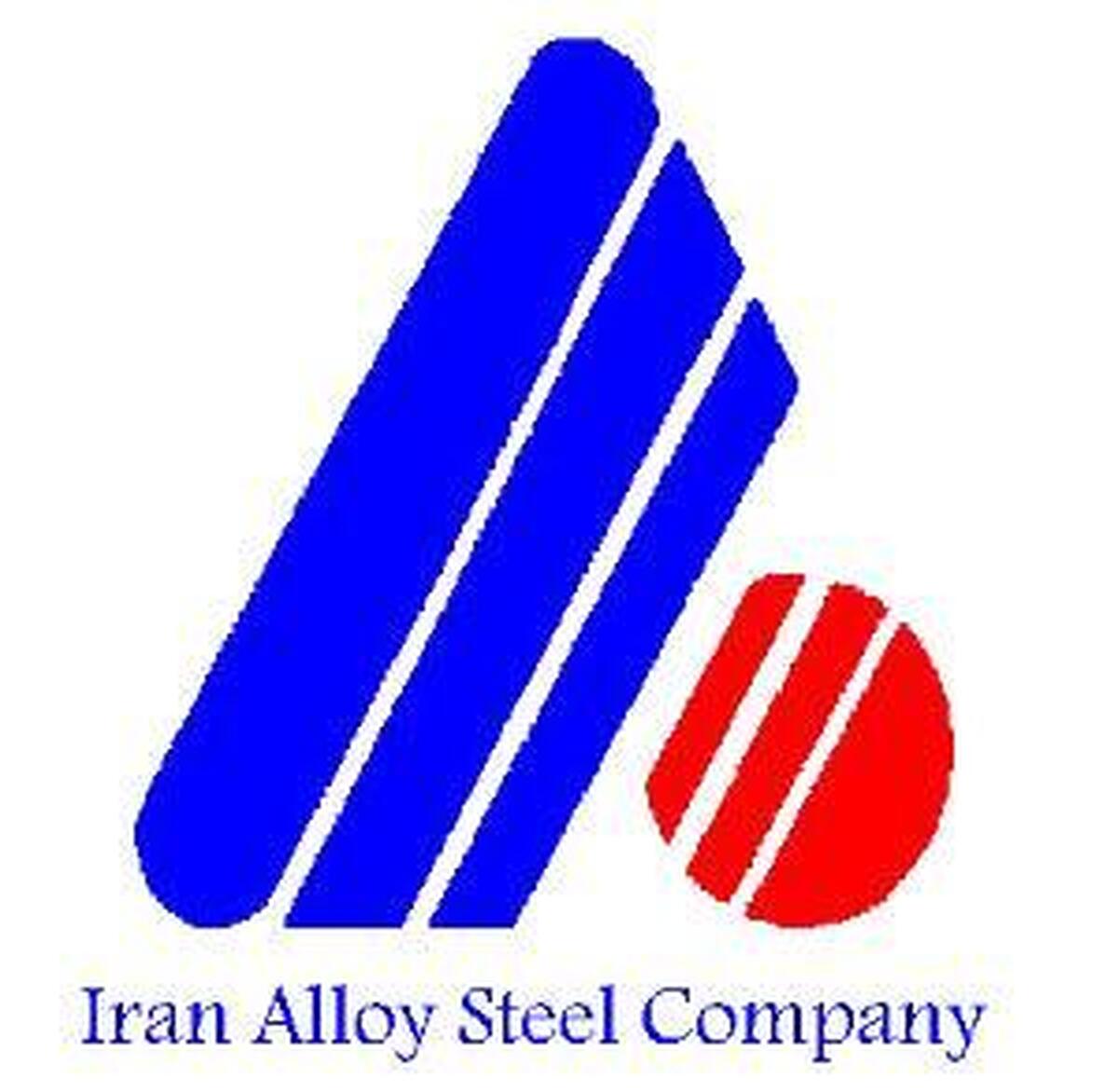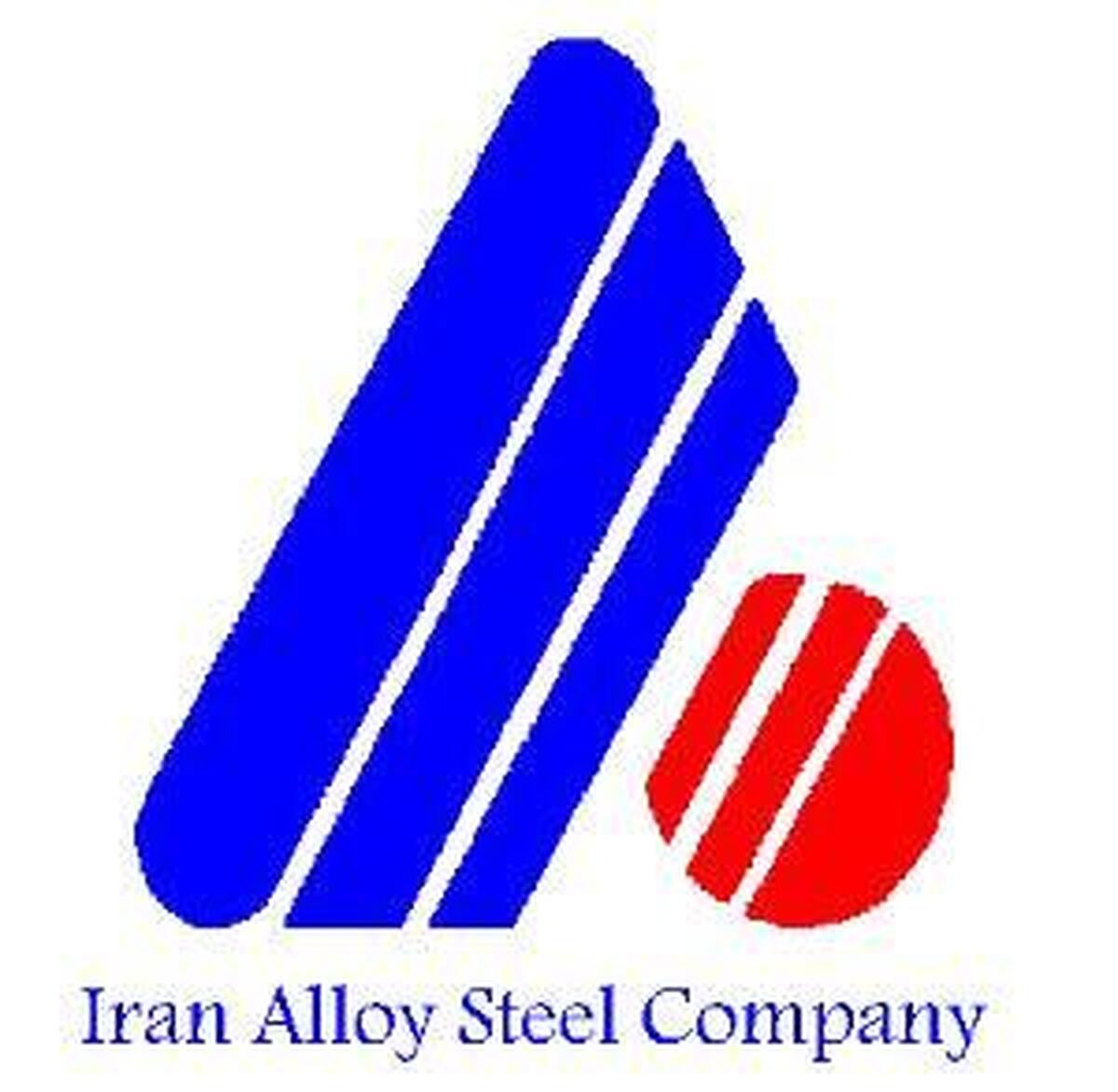
Major Iranian Steelmakers’ Exports Reach 7.38m Tons
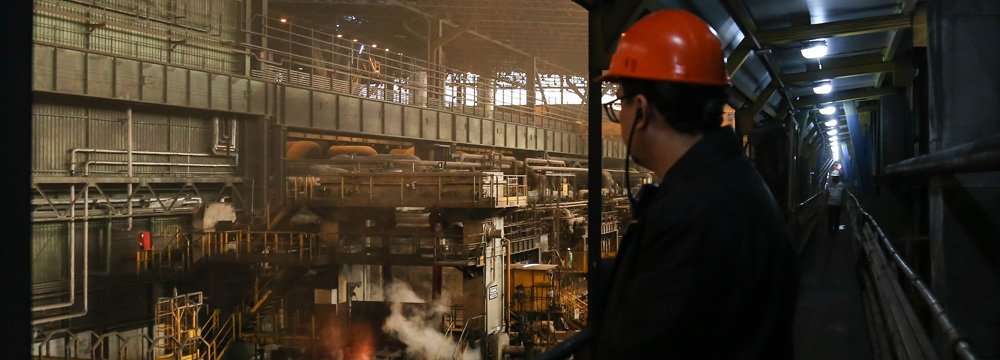
Major Iranian steelmakers exported 7.38 million tons of semi-finished and finished steel products during the year to register a 39% growth compared with the year before, according to data released by the Iranian Mines and Mining Industries Development and Renovation Organization.
The export volume for Esfand, the 12th month of the last Iranian year (Feb. 20-March 20, 2018), stood at 822,974 tons, growing 34% year-on-year.
The construction sector remained in recession last year, as meager government spending on projects failed to make a meaningful change in demand for steel products.
Producers such as Mobarakeh Steel Company, which produce niche goods such as various grades of coils, still had their buyers, but most mills were fixated on exports as there was better demand overseas, and a fast devaluing national currency made shipments much more attractive.
The data used here are the preliminary statistics offered by IMIDRO on Iran's top-scale producers and lack details on most private producers' shipments.
A more complete picture is usually published by Iran Steel Producers Association after a few weeks.
> Khouzestan Steel Tops Charts
Khouzestan Steel Company exported a record high of 2.76 million tons of slab, bloom and billet last year, registering a 34% rise YOY, to remain the biggest Iranian steel exporter.
Bloom exports had the lion’s share of KSC's exports with 1.11 million tons, going up 135% YOY. Billet exports came next with 815,551 tons up 14% YOY, followed by slabs with 842,377 tons, up 19% YOY.
KSC sustained a double-digit growth each and every month last year except for Tir and Azar, the fourth and ninth month of the Iranian calendar respectively.
As for Esfand, shipments were up 21% YOY to 263,945 tons.
The company’s sales data gathered from Codal.ir indicate that it sold 69.89 trillion rials ($1.397 billion) of bloom and billet, slab and pellet during the fiscal year under review, growing 51.46% YOY. Exports made up 48.94 trillion rials ($978 million) of the total figure.
Its total output during the period stood at 9.92 million tons with sales volume standing at 4.47 million tons, growing 5% and 28.81% YOY respectively.
The disparity between output and sales is mostly due to KSC’s sizable pellet production and limited sales, most of which were consumed by domestic steelmaker.
Esfand was also good to KSC, as its sales surged 61.4% during the month to 8.26 trillion rials ($165.3 million). Output grew a meager 12% to 593,000 tons, while sales volume rose 33.52% YOY to 681,000.
The steelmaker, located in the southwestern Khuzestan Province, exports to over a dozen countries. About half of the exports go to the Middle East and North Africa region.
Other major export destinations are located in the Far East and Americas.
> MSC Steps Up Export Drive
Mobarakeh Steel Company ended the year as the country's second largest steel exporter, dramatically boosting shipments during the year's last two months.
MSC shipped 1.29 million tons of hot- and cold-rolled, acid-washed, tin-plated, coated, checkered and galvanized flat steel during the 12 months, indicating an overall YOY drop of 16%.
However, MSC had a stellar performance in Esfand as its shipments jumped 192% YOY to 240,463 tons. The near 400% YOY growth in HRC and 373% in slab were the growth’s primary drivers.
The giant steelmaker had seen a 907% surge in exports in the year's 11th month, Bahman (Jan. 21-Feb. 19), which enabled it to overtake Esfahan Steel Company after months of underperformance.
MSC sold a total of 158 trillion rials ($3.16 billion) of products during the 12 months, up 56.3% YOY. Its output grew 13% YOY to 62.85 million tons.
Together with its subsidiaries, MSC is the largest flat producer in the Middle East and North Africa region, accounting for 1% of Iran’s GDP.
> ESCO Boosts Exports by 80%
Esfahan Steel Company was the third biggest exporter during the year with 1.15 million tons of beam, rebar, coils and other products shipped overseas, up 80% YOY.
Rebar made up 166,535 tons of ESCO’s overall exports, rising 9% YOY. It was followed by beam and coil with 100,143 tons and 74,948 tons respectively. Beam shipments were down 26% YOY, while coil exports surged 694%. Steel products listed as "other" made up 810,099 tons of all the exports, up 138% YOY.
Its total sales during the period grew 34.19% YOY to 44.67 trillion rials ($893.4 million), while output grew by 6% YOY to 2.18 million tons and sales volume dropped 5.32% YOY to 3.28 million tons.
As for Esfand performance, Iran’s oldest steelmaker sold 7.52 trillion rials ($150.4 million) of beams, rebar, coils, ingots and other products, up 40.61% YOY. Output grew 8% YOY to 183,983 tons, while sales dropped 11.05% to 422,145 tons.
> Other Producers
Hormozgan Steel Company came next and was heads and shoulders above most producers in terms of shipments. It exported a total of 1.09 million tons of slabs during the period, up 1%. Its Esfand shipments, however, dropped 45% to 88,262 tons
It also sold 27.48 trillion rials ($549.6 million) of steel products last year; up 79.75% YOY. Its output and sales also recorded solid upticks, as they grew 32% and 25.72% YOY to 1.5 and 1.63 million tons respectively.
South Kaveh Steel Company came next with billet exports reaching 865,000 tons. Its Esfand shipments stood at 96,000 tons.
Khorasan Steel Company was next with 118,578 tons of rebar exported, up 47% YOY. Its exports during the 12th month dropped 60% to 5,726 tons.
Iran Alloy Steel Company took the next rank with 66,574 tons of rebar shipments, up 49% YOY. Its exports during Esfand dropped 41% YOY to 3,289 tons.
Khouzestan Oxin Steel Company was next with 22,466 tons of plates, down 21% YOY. It exported 74 tons in the 12th month, down 99% YOY.
As part of the 20-Year Vision Plan (2005-25), the Iranian steel industry aims to become the world’s sixth largest steelmaker by reaching an output capacity of 55 million tons per year by the deadline (2025).

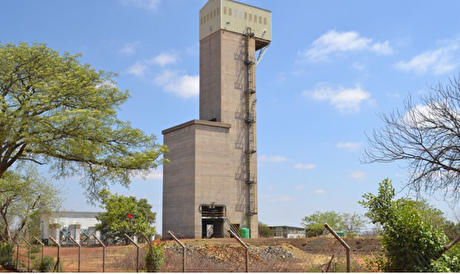
NexMetals receives EXIM letter for potential $150M loan

Lifezone Metals buys BHP’s stake in Kabanga, estimates $1.6B project value
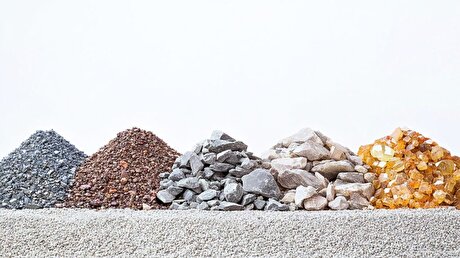
China quietly issues 2025 rare earth quotas

Gold price eases after Trump downplays clash with Fed chair Powell
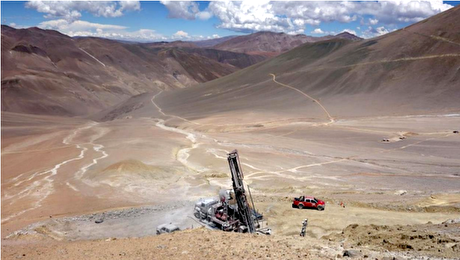
BHP, Lundin JV extends useful life of Argentina copper mine
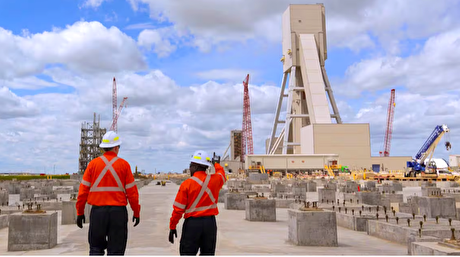
BHP delays Jansen potash mine, blows budget by 30%

Teck approves $2.4B expansion of Highland Valley Copper
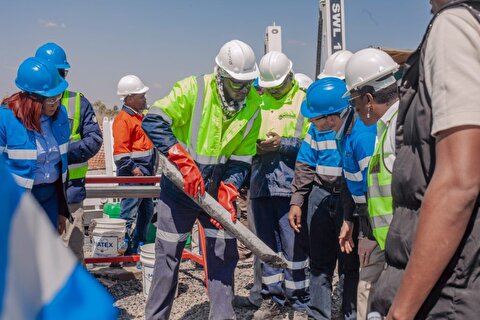
KoBold signs Congo deal to boost US mineral supply
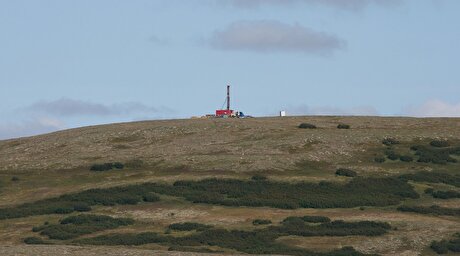
Northern Dynasty extends losses as it seeks court resolution on Pebble project veto

Gold price could hit $4,000 by year-end, says Fidelity

Southern Copper expects turmoil from US-China trade war to hit copper

Ramaco Resources secures five year permit for Brook rare earth mine in Wyoming

Column: EU’s pledge for $250 billion of US energy imports is delusional

Finland reclaims mining crown as Canada loses ground

Gold price down 1% on strong US economic data
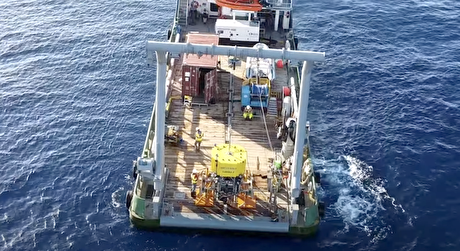
Trump’s deep-sea mining push defies treaties, stirs alarm

Chile’s 2025 vote puts mining sector’s future on the line
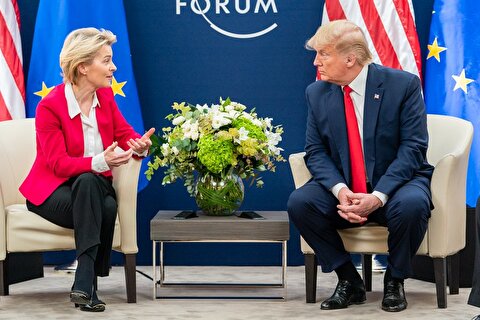
Gold price retreats to near 3-week low on US-EU trade deal
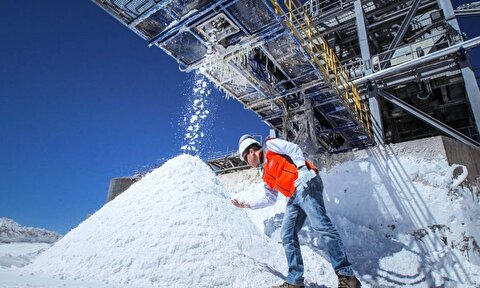
China’s lithium markets gripped by possible supply disruptions

Gold price could hit $4,000 by year-end, says Fidelity

Southern Copper expects turmoil from US-China trade war to hit copper

Ramaco Resources secures five year permit for Brook rare earth mine in Wyoming

Column: EU’s pledge for $250 billion of US energy imports is delusional

Gold price down 1% on strong US economic data

Trump’s deep-sea mining push defies treaties, stirs alarm

Chile’s 2025 vote puts mining sector’s future on the line

Gold price retreats to near 3-week low on US-EU trade deal

China’s lithium markets gripped by possible supply disruptions

